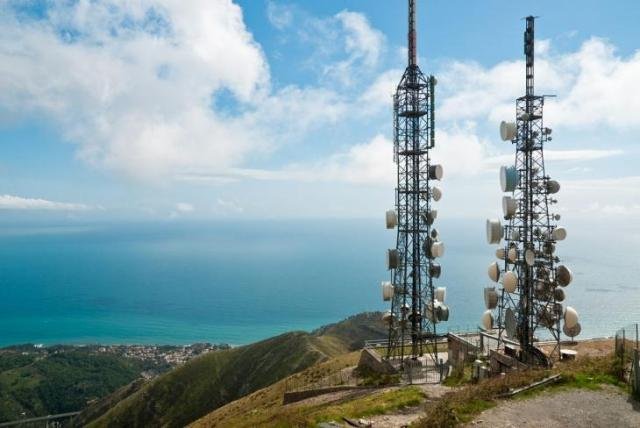Mobile tower installations have reached 60 percent of target of 1,00,000 towers annually due to delay in permission from local authorities and other structural issues, industry body COAI said on Tuesday.
 Cellular Operators’ Association of India (COAI) also said it is reasonable for regulator TRAI to review service quality norms, PTI reported.
Cellular Operators’ Association of India (COAI) also said it is reasonable for regulator TRAI to review service quality norms, PTI reported.
“We expect that in any particular year there will be 100,000 mobile tower installations. But at the last count, it reached 50,000 or 60,000 towers,” Rajan Mathews, director general of COAI, said.
COAI mainly represents Indian GSM telecom operators such as Bharti Airtel and Vodafone Idea.
The big impediment has been lack of crucial installation permissions, Mathews said, asserting that customers’ grouse on mobile service quality and call drops also need to be viewed in the backdrop of structural issues and infrastructural bottlenecks faced by operators.
“The biggest impediment is to get timely permission for our cell towers and laying of fibre. There are instances, at local level, of towers being disconnected, fibre cut and disruption to our network. We need to look at all these in totality,” he said.
The recent initiative of Department of Telecom (DoT) to bring together various stakeholders, including MCD Commissioners in Delhi to resolve outstanding issues, is an approach that should be replicated and amplified in various states, he added.
“The recent excellent initiative of DoT Secretary Anshu Prakash to get together all relevant stakeholders like the MCD Commissioners in Delhi, along with operators, Infrastructure Providers, Defence, airports, cantonment authorities, to resolve outstanding cell tower issues and stop contentious sealing of towers, is an ideal model that should be adopted by other states and municipalities to address issues of cell tower locations, charges and timely permissions,” Mathews said.
TRAI recently said it plans to review the outcome of call service quality norms operational in the industry over the last two years and bring a consultation paper to examine if there is a need for improvement in the backdrop of technological changes.
“It is reasonable to revisit service quality especially at a time when technology is changing dramatically. But once you get indices and measurement, let’s also look at structural issues that are causing problems before we get into realm of penalties,” Mathews said.
